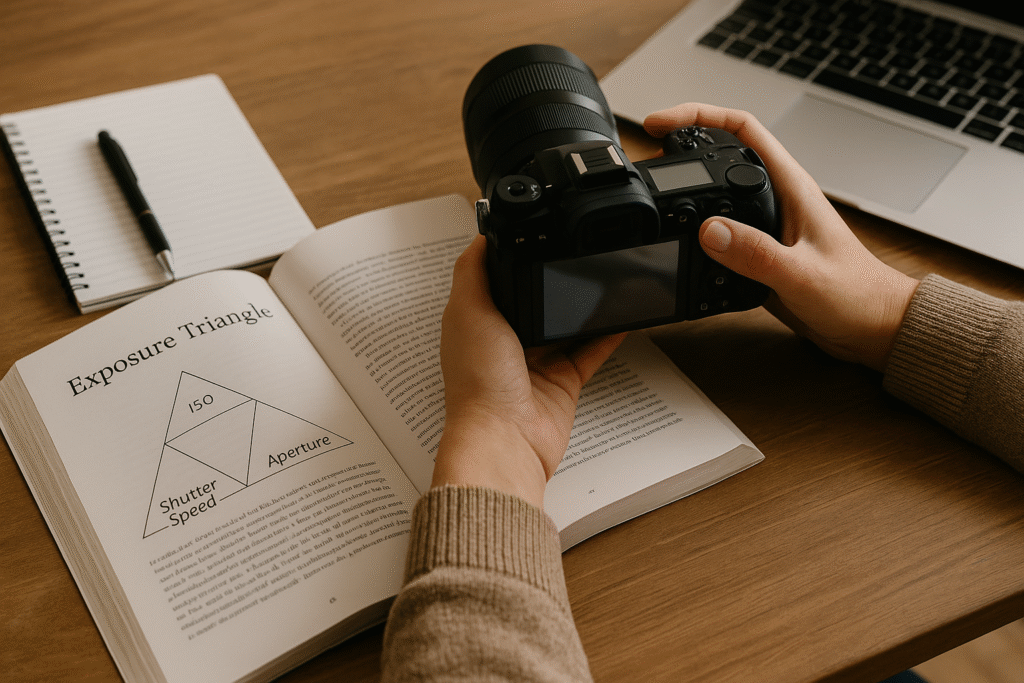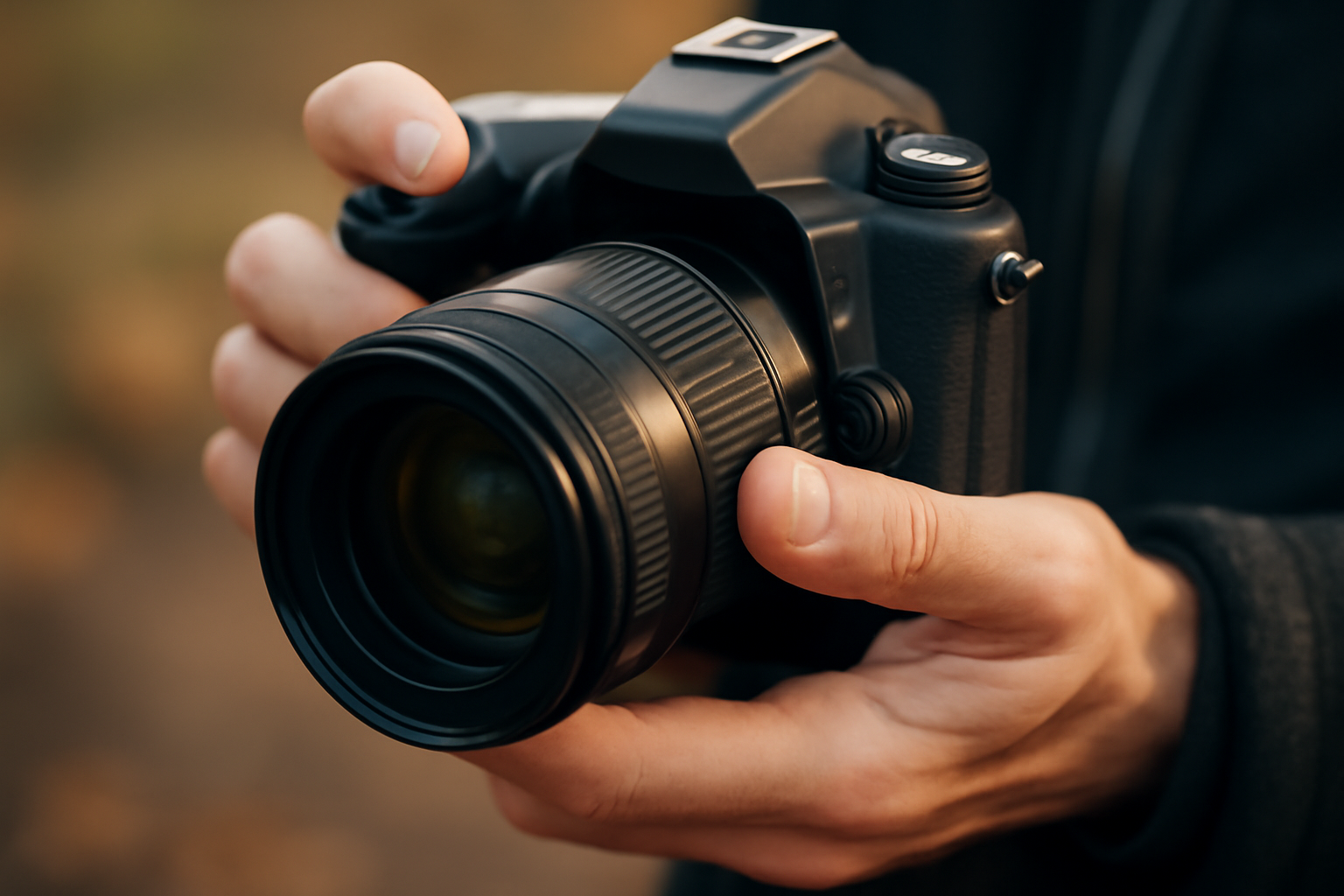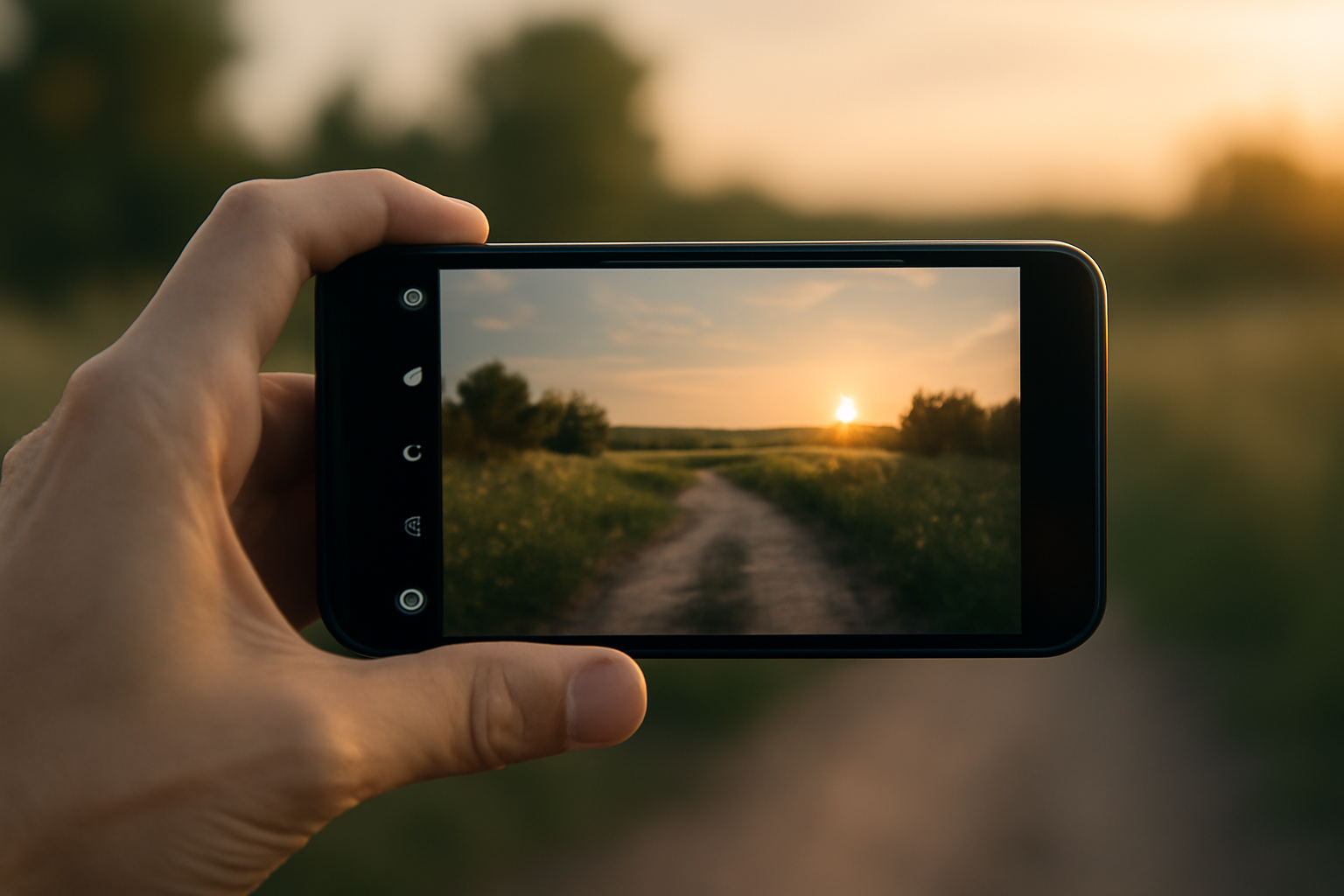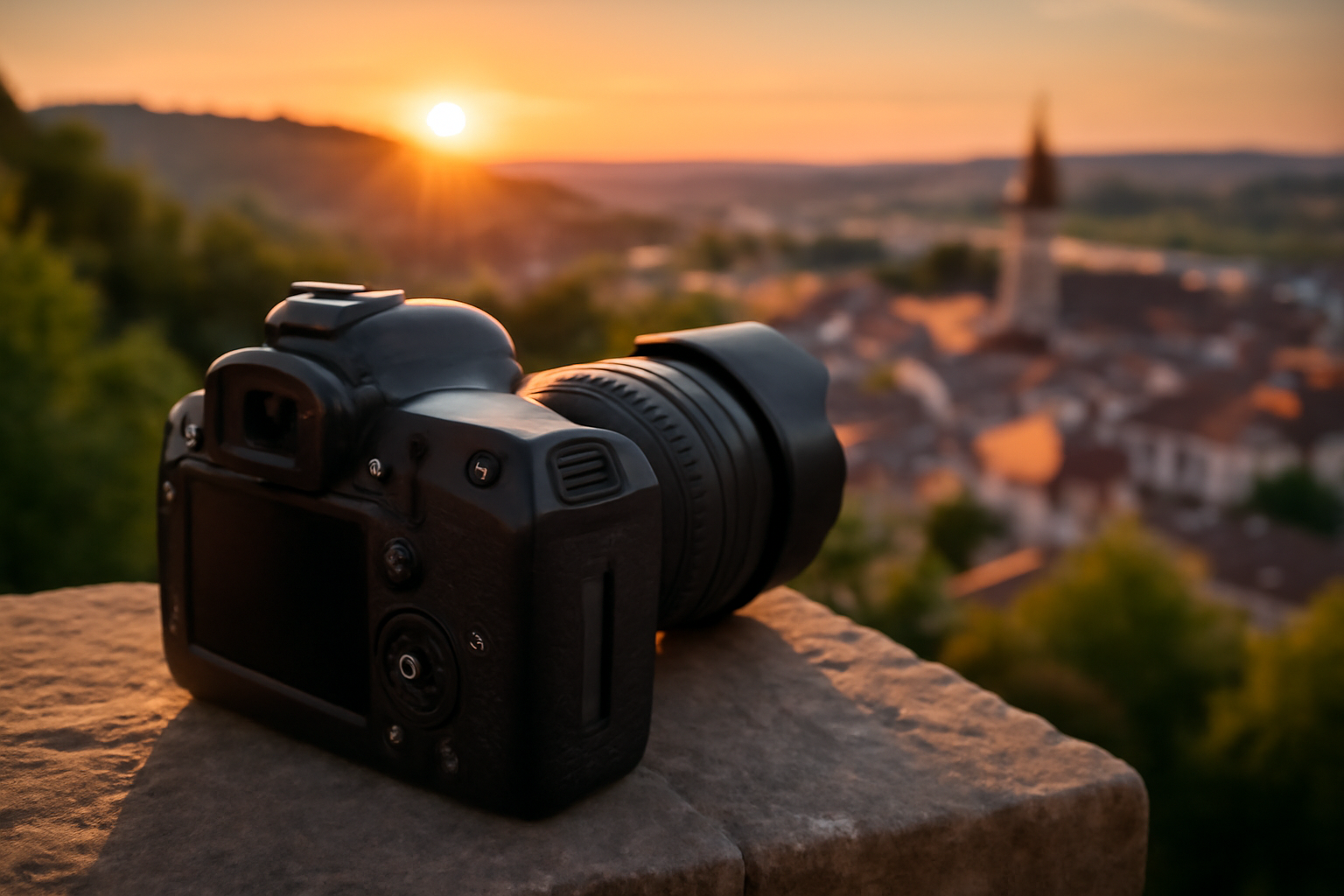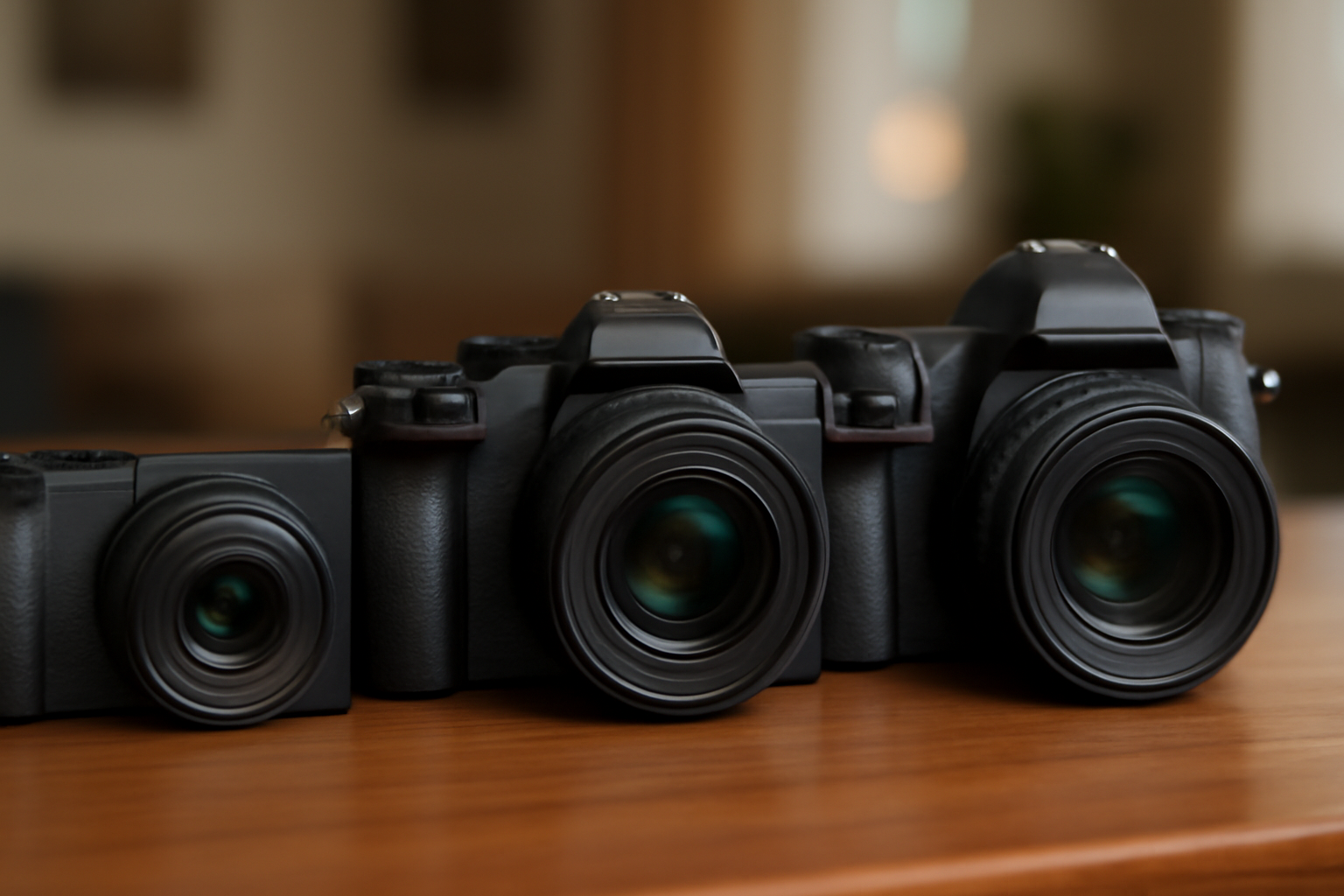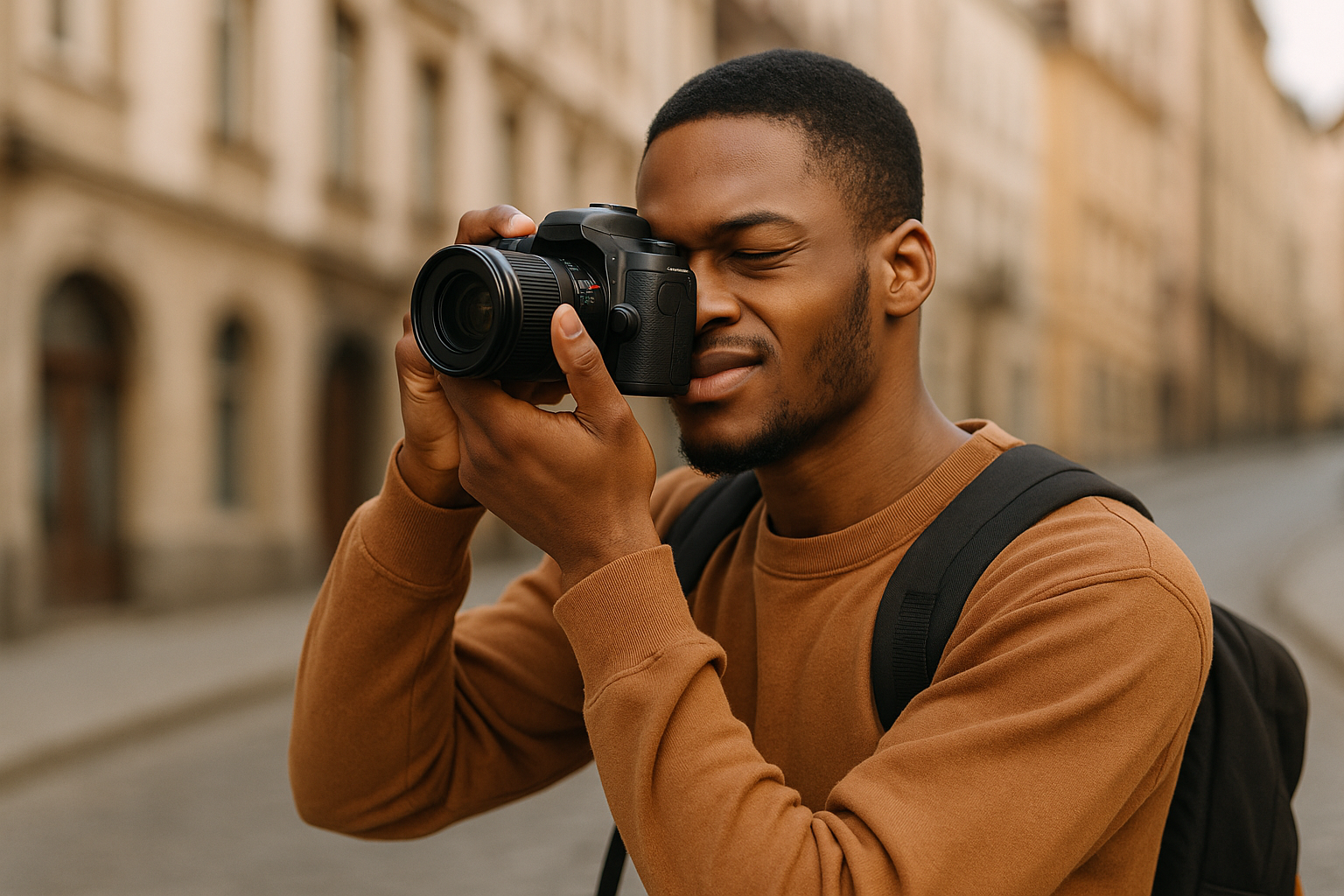Photography is more than knowing which button to press. It’s a journey of seeing, feeling, and learning to express stories through light and perspective. While technology keeps evolving, the core of photography remains anchored in understanding how to read the world visually—and how to share that interpretation through an image.
Whether you’re an aspiring travel photographer or someone rediscovering their passion behind the lens, studying the right subjects can dramatically accelerate your growth. This article explores what truly matters when it comes to leveling up your photography skills with purpose and heart.
Why Study Matters Even in a Visual Craft
Many assume photography is purely intuitive. You either “have the eye” or you don’t. But the truth is, vision can be cultivated. Like music or language, photography has grammar, rhythm, and nuance that can be learned.
Studying allows you to:
- Recognize patterns and light behaviors
- Understand technical foundations
- Analyze your own work critically
- Communicate more effectively with your audience
The more you study, the more intentional your photography becomes. You move from just “getting lucky” with a good shot to consistently producing images with impact.
Photography becomes a deliberate act, not a game of chance.
Mastering the Fundamentals – The Core You Can’t Skip
Before diving into creative techniques, every photographer needs to master the fundamentals. These are your tools—your vocabulary.
- Exposure: Learn how ISO, aperture, and shutter speed interact.
- Focus: Know the difference between single, continuous, and manual modes.
- Metering: Understand how your camera evaluates light.
- White balance: Learn how to control temperature and color casts.
A good exercise is to practice shooting manually for a week. Try photographing the same subject using different settings and analyze the results. You’ll begin to understand the cause and effect of each adjustment.
Understanding the exposure triangle deeply gives you more creative control and the confidence to shoot in any situation—sunlight, shade, indoors, or nighttime.
Composition and Visual Storytelling
Composition isn’t about rules—it’s about organizing visual elements so they communicate clearly.
Start with:
- Rule of thirds
- Leading lines
- Framing and negative space
- Symmetry and balance
But don’t stop at rules. Study how master photographers break them with purpose. An image can be technically imperfect and still emotionally powerful.
Apply this to travel photography: How do you tell the story of a local market, a bustling square, or a quiet café? Your framing can guide the viewer’s eye and evoke mood.
Try this: Take one location and photograph it from five unique angles. Focus on telling five different stories. This kind of exercise builds your creative muscle.
A strong composition can elevate even a simple subject into something compelling. It’s not what you shoot—it’s how you see it.
Light – The Soul of Every Photo
Nothing transforms a photo like light. Learning to read, anticipate, and shape light is essential.
Study:
- Natural light: golden hour, blue hour, diffused light, backlighting.
- Artificial light: strobes, LED panels, reflectors, ambient blending.
- Light direction and quality: harsh vs. soft, directional vs. diffused.
Spend a day without your camera—just observe how light behaves at different times. Notice shadows, color temperature, and how light wraps around subjects.
Photography is painting with light. The more fluently you “speak” it, the more expressive your images become.
Also, learn how to modify light using diffusers, reflectors, and flags. These are inexpensive tools that can significantly impact your photos.
Understanding natural light is especially crucial for travel photography. You won’t always have artificial lighting available on the road.
Color, Mood, and Emotional Impact
Color isn’t just aesthetic—it shapes emotion.
Study the color wheel, complementary and analogous colors, and psychological effects:
- Blue = calm or sadness
- Red = energy or urgency
- Green = freshness or harmony
In travel photography, color plays a huge role. Think of the warm tones of Moroccan souks or the vibrant blues of Santorini. Knowing how to highlight or mute colors helps you craft a visual mood.
Challenge: Choose a dominant color and build a photo series around it. Notice how it influences your framing, subject choices, and editing style.
Experiment with monochromatic or limited palettes to push your creativity and mood control even further.
Study color theory not only in photography but also in painting and branding—how color tells stories beyond what words can express.
Editing and Post-Processing Essentials
A raw photo is only part of the story. Editing refines your message.
Learn tools like:
- Adobe Lightroom: for batch processing, tone adjustments, and color grading.
- Photoshop: for local adjustments and advanced retouching.
- Mobile apps: Snapseed, VSCO, or Lightroom Mobile for travel flexibility.
But also study editing ethics. Don’t aim to deceive—aim to enhance. Understand the difference between correction, creative interpretation, and manipulation.
Experiment with presets and manual adjustments. Learn what curves, levels, HSL sliders, and split toning do. Each has the power to subtly (or drastically) shift a photo’s mood.
Keep a consistent editing style to build your visual identity. But don’t be afraid to evolve as you grow.
Your editing style is your signature—refine it as you would your handwriting.
The Power of Analyzing Photographs
Photography isn’t just about taking images—it’s about reading them.
Build the habit of analyzing photos. Ask yourself:
- What is the subject?
- Where does my eye go first?
- How does the light shape the scene?
- What is the emotion or message?
Apply this to your own work. Revisit old shots with fresh eyes. Compare them to your recent work. Growth comes from reflection.
Keep a visual journal where you paste inspiring images, write notes, and track your evolving style.
Don’t just consume great photography—study it. Break it down. Ask “why does this work?”
Even studying bad photography can be valuable. Learn what not to do—and why.
Learning from Others – Courses, Books, Mentors
Structured learning can accelerate your progress dramatically.
- Courses: Platforms like Skillshare, Domestika, and Coursera offer courses for every level.
- Books: Study classics like “Understanding Exposure” (Bryan Peterson) or “The Photographer’s Eye” (Michael Freeman).
- Mentors: Join local groups or online communities. Ask for critiques and be open to feedback.
Workshops and photo walks are also powerful. They put theory into practice with real-time guidance.
Learning from others doesn’t mean copying. It means expanding your visual vocabulary.
Also, follow photographers who work in your area of interest. Observe how they compose, edit, and tell stories through series.
Immerse yourself in different styles—photojournalism, fine art, street, portraiture—to build a flexible creative foundation.
Practice with Purpose – Learning by Doing
Studying without shooting is theory. Shooting without studying is habit. Combine both.
Structure your practice:
- Pick one theme per week (light, motion, symmetry)
- Do daily 10-minute exercises
- Limit your gear to one lens or one location
Create personal projects:
- “Portraits of Strangers in 10 Countries”
- “Windows of the World”
- “The Journey of Morning Light”
These projects help apply what you’ve learned while shaping your creative identity.
Another tip: Print your photos. Seeing your work in physical form can give you new insights and appreciation.
Treat each photo as a step in a visual diary—not just a finished product.
Expand Beyond Photography – Art, Cinema, Travel
Photography doesn’t exist in isolation. Study related arts:
- Painting: Understand form, composition, and mood.
- Cinema: Watch how directors use light, movement, and color.
- Design: Learn about balance, whitespace, and visual flow.
As a travel photographer, immerse yourself in culture:
- Observe local architecture, textiles, signage
- Learn visual symbols from different countries
- Read about cultural aesthetics and color meanings
The more diverse your influences, the richer your images become.
Travel also teaches you to be patient, observant, and open—essential traits for any great photographer.
You’ll find that art, film, and literature often echo the same visual principles that apply to photography.
Summary – What Makes a Photographer Improve
Improvement in photography isn’t about gear—it’s about growth. Study with curiosity and shoot with intention.
Key areas to study:
- Technical mastery: exposure, focus, light control
- Composition and story: frame with meaning
- Color and emotion: guide how people feel
- Editing with purpose: enhance without distorting
- Analysis and feedback: learn from every shot
The best photographers are students for life. They never stop asking questions, exploring new angles, or refining their vision.
Make time to study even when you’re busy shooting. A 10-minute video, a quick read, or reviewing one inspiring photo can spark growth.
Success in photography is not linear—it’s a cycle of study, shoot, reflect, repeat.
Learning Photography Is Learning to See
Improving in photography isn’t about being perfect—it’s about becoming more aware. It’s about training your eyes, sharpening your instincts, and refining your ability to tell stories that resonate.
What you choose to study shapes how you see. And how you see shapes how you photograph.
So study deeply, observe attentively, and shoot boldly. Let every book, class, mentor, and mistake become part of your visual journey.
Because in photography, every step forward is a new way of seeing the world—and showing it to others, one frame at a time.
Keep growing, keep shooting—and never stop seeing.
